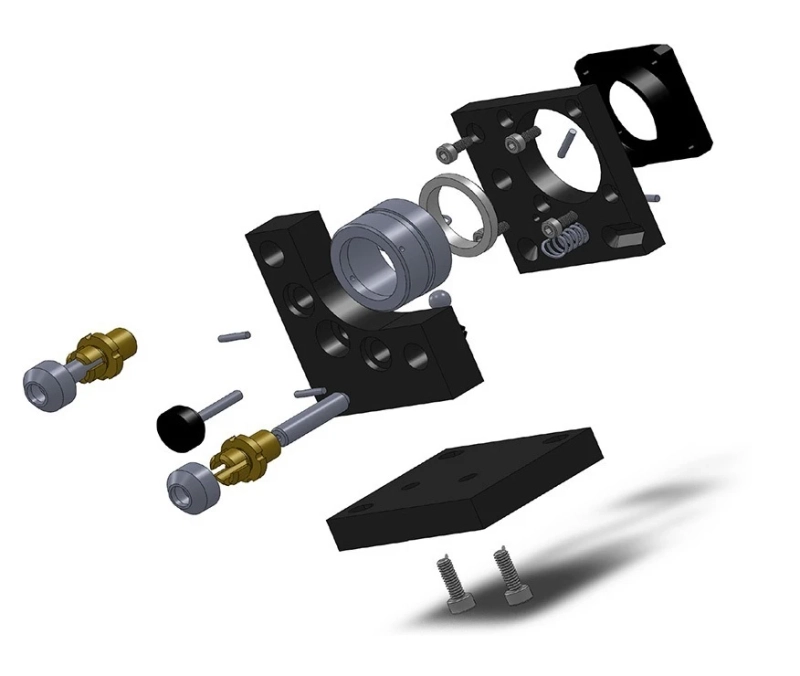Picosecond laser technology promotes the synthesis of collagen, which makes the skin smooth and wrinkle-free, in addition to curing wrinkles, blemishes, and freckles. A picosecond laser can also be used to get rid of tattoos. It is now feasible to completely break down the color pigment with less treatment time than with traditional laser techniques because to the introduction of the Picosecond alexandrite, which delivers significant energy in a short amount of time. Furthermore, it removes a specific color pigment without endangering neighbouring tissues or thinned skin. It can also be used to treat pigmentation that appears on the lips, armpits, and base of the breasts.
The results
Results for people with freckle problems can usually be seen after 1-2 sessions. After five to six sessions of persistent therapy, people with more severe problems will start to experience improvements. Nevertheless, depending on the quality and intensity of the pigment used to make the tattoo, the outcomes of a Fractional handpiece technique may vary. Laser therapy should be used twice for tattoo removal and once a month for freckle removal.
Pre- and post-picosecond laser guidance
In advance of the process
You are advised to avoid outdoor activities for at least two weeks prior to treatment. You should inform your doctor if you have ever had a drug allergy, especially to anaesthetics or other drugs, before starting therapy. However, cosmetics, nourishing creams, and hairspray shouldn't be applied to the laser-treated area.
After the treatment
Avoid bathing or applying cosmetics to the laser treatment area until the scabs are completely gone.Stay out of the water for two days after the treatment. Dry the wound with a clean cloth if it comes in contact with water.Apply ointment or any other topical medication as advised by your doctor.Avoid touching the wound by refraining from scraping, peeling, or engaging in any other action that might have an impact.Consult a doctor as soon as possible if the wound exhibits any anomalies, such as a rash, swelling, discomfort, or itching.

